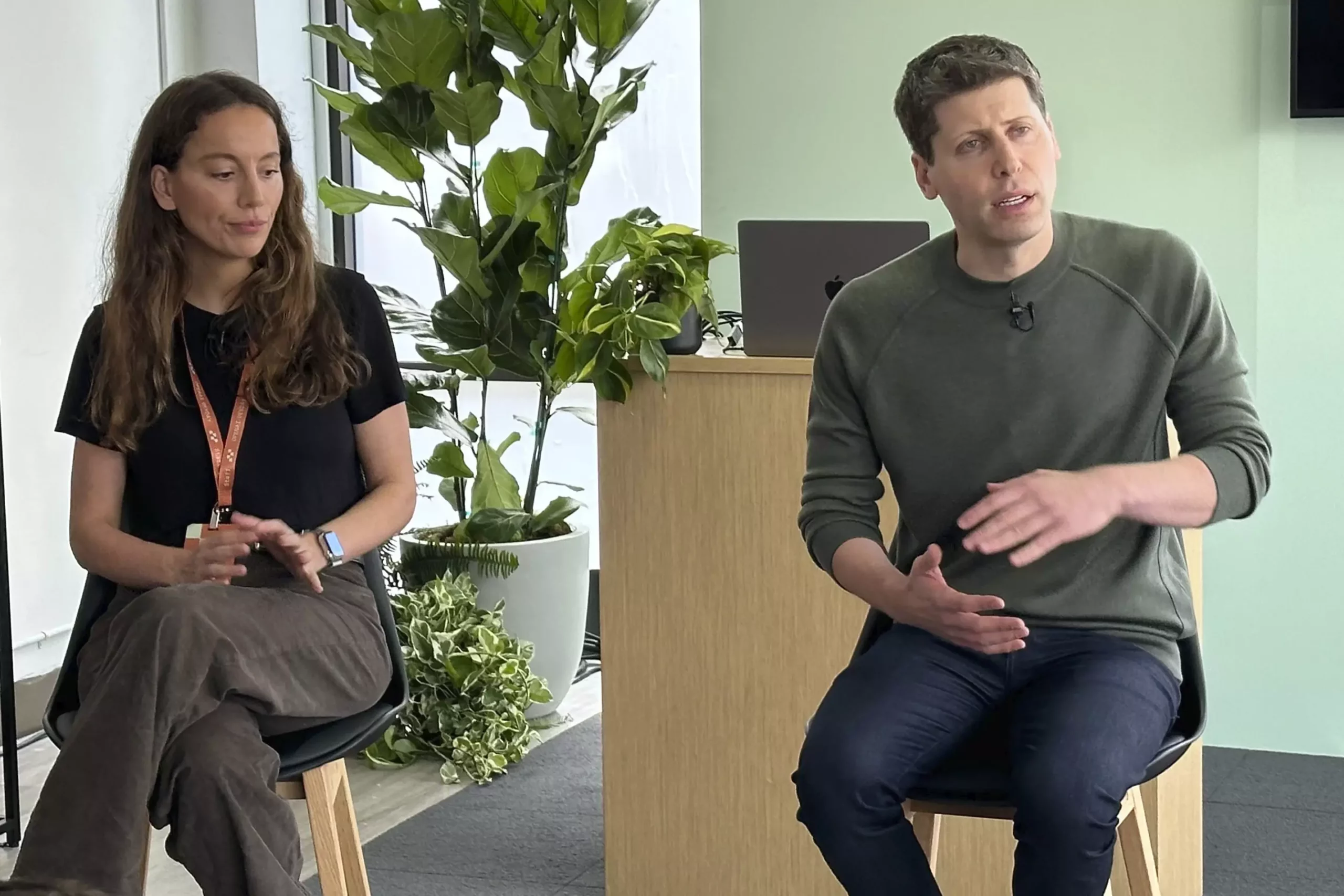The landscape of artificial intelligence is undergoing significant changes, underscored by the recent departure of Mira Murati, the Chief Technology Officer of OpenAI. Murati’s decision to step away from the innovative company, which has been a key player in the AI revolution since its inception, marks a pivotal moment not only for her career but also for the future direction of the organization. Her resignation, alongside two other high-ranking executives, points to a broader trend of leadership changes that could impact the trajectory of AI development.
In her resignation statement, Murati reflected on her time at OpenAI and emphasized the importance of personal growth and exploration. Her desire to carve out time for her own endeavors highlights an essential aspect of career progression within fast-paced tech environments, where the demand for innovation often supersedes the need for personal reflection. This notion resonates within the broader context of leadership in technology, where executives are expected to prioritize both organizational responsibilities and personal aspirations. Murati’s move serves as a reminder that personal fulfillment can be a critical factor in professional decisions, especially in companies thriving on the cutting edge of technological advancements.
Context of Departures at OpenAI
Murati is not alone in her exit; her departure is part of a wave of recent high-profile resignations at OpenAI. The announcement by CEO Sam Altman regarding Murati, Chief Research Officer Bob McGrew, and researcher Barret Zoph moving on implies a potential cultural shift within the company. Given the turbulent history of executive leadership within OpenAI, including Altman’s own temporary ousting, these resignations raise questions about the internal dynamics and potential cracks in the company’s foundation. Altman’s acknowledgment that such changes are somewhat typical for a fast-expanding organization adds another layer of complexity to the narrative. However, the abruptness of these departures suggests a need for introspection within the company’s leadership structure.
The exits of key leaders could signal not just a change in personnel, but also a shift in strategic direction for OpenAI as it navigates the competitive landscape of artificial intelligence research. With other co-founders like Greg Brockman and John Schulman moving on, there’s a critical need for continuity amidst transformation. This scenario poses questions regarding OpenAI’s ability to maintain its innovative edge, particularly as other entities, such as Anthropic—a company founded by former OpenAI leaders—emerge as competitive forces. The evolution of AI safety and ethical considerations, emphasized by recent critiques from former team members, suggests a potential recalibration of OpenAI’s priorities moving forward.
As Murati embarks on a new chapter, her departure signifies not merely a transition for her but an indicator of the fluid nature of leadership in tech. OpenAI, having been at the forefront of AI innovation with products like ChatGPT, is now tasked with re-evaluating its leadership strategy and vision in light of these changes. The future of the company will depend on how it balances the quest for innovation with the foundational principles of safety and ethical responsibility in artificial intelligence. As executives come and go, one thing remains clear: the world will be watching closely to see how OpenAI adapts to its evolving landscape.


Leave a Reply